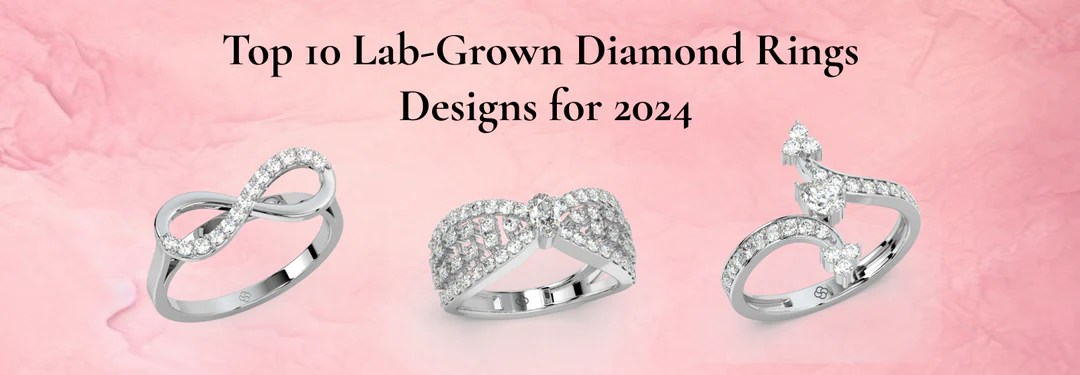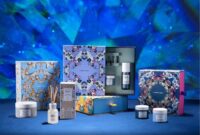Overview of Lab Grown Diamond Rings: Shop Lab Grown Diamond Rings Best Seller 2024 #242
Lab grown diamonds are synthetic diamonds created in controlled environments using advanced technological processes that replicate the natural diamond formation. Unlike natural diamonds, which are mined from the earth, lab grown diamonds are chemically and physically identical to their natural counterparts, offering the same brilliance and durability. In recent years, these diamonds have gained significant traction among consumers looking for both ethical and cost-effective options. The market for lab grown diamonds has seen remarkable growth, with industry statistics projecting a market increase of over 20% in 2024, evidencing a shifting consumer preference towards these gems.
Best Selling Lab Grown Diamond Rings of 2024
The following is a list of some of the top-selling lab grown diamond rings for 2024, showcasing a range of designs and price points that cater to diverse customer preferences.
- Classic Solitaire Ring – Price: $1,200 – A timeless choice, featuring a single lab grown diamond set in a sleek band.
- Three-Stone Engagement Ring – Price: $2,500 – This design emphasizes the past, present, and future with three stunning diamonds.
- Halo Setting Ring – Price: $1,800 – A dazzling ring surrounded by a halo of smaller diamonds, perfect for those wanting extra sparkle.
- Vintage-Inspired Ring – Price: $2,000 – Combining intricate designs with lab grown diamonds, it appeals to those seeking a unique aesthetic.
Key features contributing to the popularity of these best sellers include high-quality craftsmanship, customization options, and the ethical sourcing of materials. Customer reviews frequently highlight the beauty and affordability of these rings, with many expressing satisfaction at being able to obtain a larger diamond for their budget.
Factors to Consider When Buying Lab Grown Diamond Rings
When selecting a lab grown diamond ring, potential buyers should consider several important factors. The characteristics of diamonds can significantly affect their appearance and value.
| Characteristic | Description |
|---|---|
| Cut | Refers to how well the diamond has been shaped and faceted, impacting its sparkle. |
| Color | Lab grown diamonds are available in a range of colors; less color typically means greater value. |
| Clarity | This measures the presence of internal or external imperfections, with higher clarity meaning fewer flaws. |
| Carat Weight | The size of the diamond, which directly affects its price; larger stones are generally more expensive. |
To choose the right ring based on personal style and budget, buyers are encouraged to prioritize features that resonate with their individual preferences while keeping within their financial limits.
Ethical and Environmental Benefits of Lab Grown Diamonds, Shop lab grown diamond rings best seller 2024 #242
Choosing lab grown diamonds over mined ones carries significant ethical implications. Lab grown diamonds are produced without the adverse human rights issues often associated with diamond mining. Additionally, the environmental impact of lab grown diamonds is notably lower, as their production requires less energy and does not contribute to ecosystem destruction.
Several brands, such as Brilliant Earth and MiaDonna, emphasize their commitment to sustainability, ensuring that their lab grown diamonds are sourced responsibly and manufactured with minimal environmental impact.
Care and Maintenance of Lab Grown Diamond Rings
To maintain the beauty and longevity of lab grown diamond rings, proper care is essential. Here are some guidelines:
- Regular Cleaning: Clean your rings using warm soapy water and a soft brush to remove dirt and grime.
- Proper Storage: Store rings in a soft, lined jewelry box to prevent scratches and damage.
- Avoiding Harsh Chemicals: Keep your rings away from harsh household chemicals that can dull their brilliance.
Common misconceptions about lab grown diamonds include doubts about their durability; however, lab grown diamonds possess the same hardness and resilience as natural diamonds.
Trends in Lab Grown Diamond Ring Designs for 2024
The design landscape for lab grown diamond rings in 2024 is marked by innovative styles and unique preferences. Current trends include:
– Minimalist Designs: Simple and elegant rings are increasingly popular, focusing on the diamond’s brilliance without excessive embellishments.
– Mixed Metals: Combining different metal types, such as rose gold and white gold, creates visually striking contrasts.
– Customization: Many consumers are opting for bespoke designs that reflect personal stories and styles.
The influence of social media and celebrity endorsements plays a significant role in shaping these design trends, with platforms like Instagram showcasing a variety of styles that resonate with younger audiences.
Comparison Between Lab Grown Diamonds and Natural Diamonds
The cost-effectiveness of lab grown diamonds compared to natural diamonds is striking; lab grown diamonds often cost 20-40% less than their mined counterparts. Additionally, the resale value of lab grown diamonds is generally lower, as the market perception leans toward natural diamonds being more desirable.
| Feature | Lab Grown Diamonds | Natural Diamonds |
|---|---|---|
| Cost | Lower price point | Higher price point |
| Resale Value | Lower | Higher |
| Ethics | Ethically sourced | Potential ethical concerns |
This comparison highlights the advantages and disadvantages of each option, helping consumers make informed decisions.
Where to Shop for Lab Grown Diamond Rings

When searching for lab grown diamond rings, consumers have a variety of options, including reputable online retailers and physical jewelry stores. Notable brands known for their quality and customer service include:
- Brilliant Earth
- Clean Origin
- James Allen
To ensure authenticity and quality, buyers should look for certifications from organizations such as the Gemological Institute of America (GIA) and request detailed information about the diamonds’ origins and manufacturing processes.


